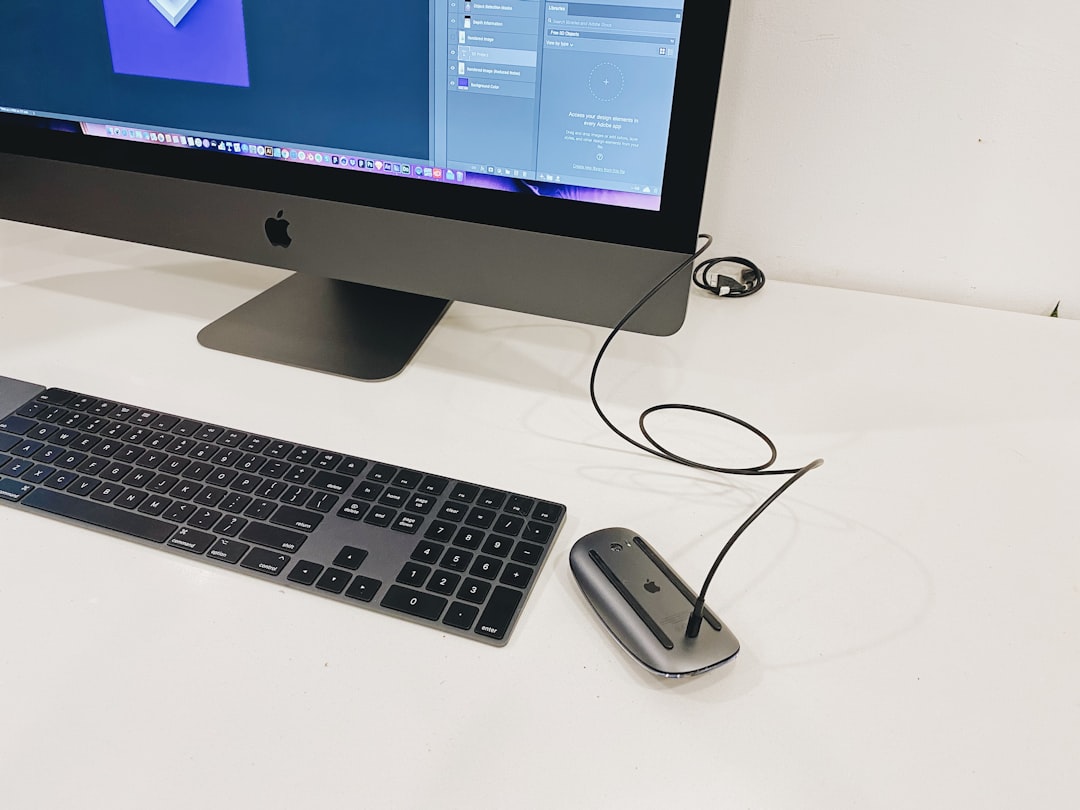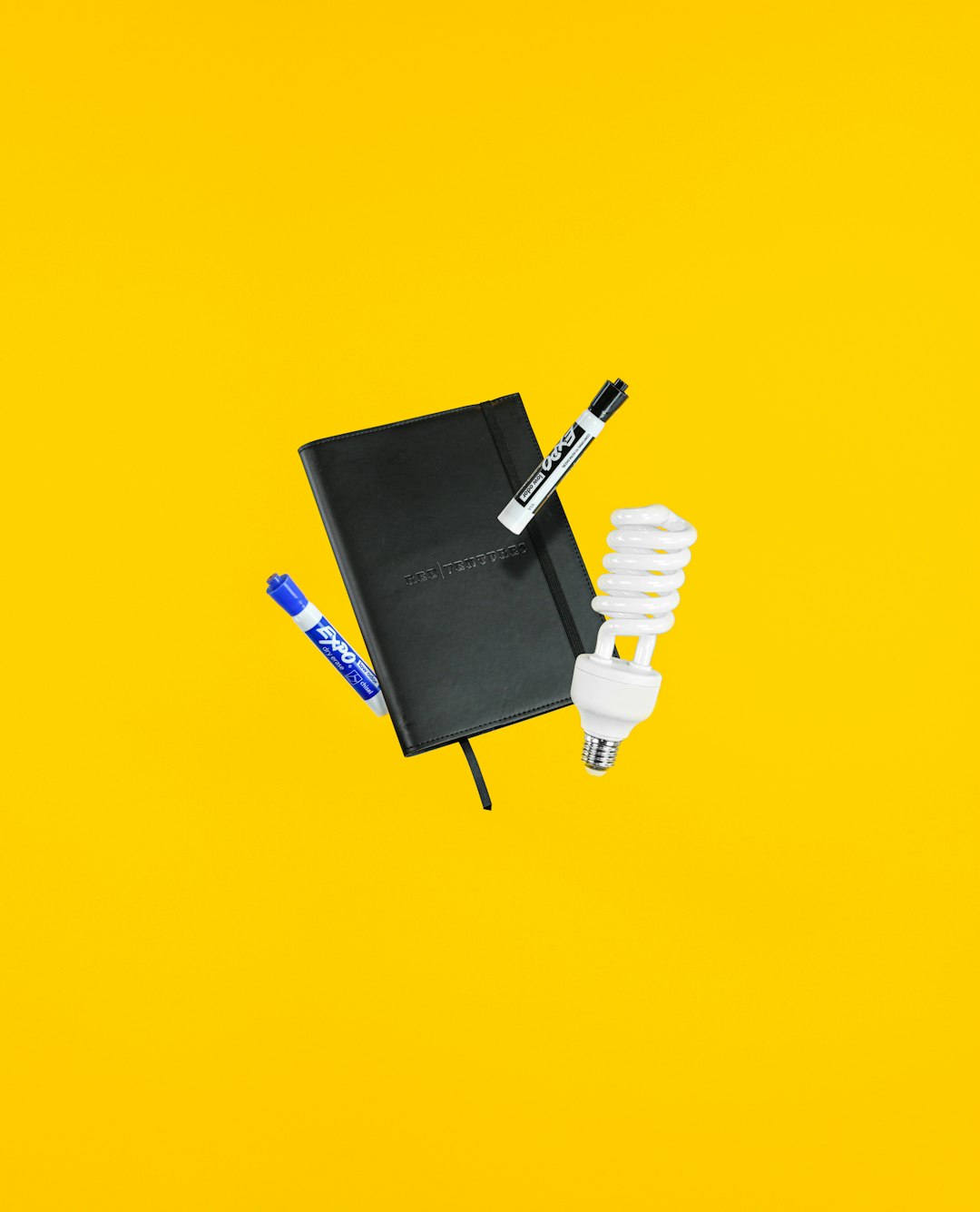In a world filled with digital distractions, productivity is becoming harder to maintain—especially for writers. Whether you’re working on a novel, blog post, essay, or a business report, the demand for a clean, functional, and distraction-free space to let your words flow is stronger than ever. This is exactly where minimalist writing tools like Writebox prove invaluable. Designed for simplicity without skimping on efficiency, Writebox helps both amateur and professional writers zero in on what truly matters—their words.
What Is Writebox?
Writebox is a web-based and mobile application that offers a minimalistic writing environment designed to help users focus entirely on their writing. The beauty of Writebox lies in its simplicity—no clutter, no distractions, just you and your text. Unlike full-featured word processors that bombard users with formatting options, menus, and pop-ups, Writebox strips things back to the essentials, creating a meditative space for writing.
The app is accessible across several platforms, including Chrome browser, iOS, and Android. It works offline, ensuring that even in environments without internet access, you can keep working uninterrupted. Writebox also offers easy sync capabilities with cloud storage services like Dropbox and Google Drive, ensuring your content is safe and easily accessible.
Key Features of Writebox
While it may look straightforward at first glance, Writebox is thoughtfully designed to enhance your writing workflow. Here are some of its standout features:
- Distraction-Free Interface: Writebox’s clean layout eliminates toolbars and notifications that might pull your attention away from writing.
- Platform Independence: The app runs smoothly across devices, offering a seamless writing experience regardless of what platform you’re using.
- Offline Mode: You can use Writebox without an internet connection, which is great for writing on the go or during travel.
- Cloud Sync: Automatically backs up your files to Google Drive or Dropbox, keeping your work secure and retrievable from anywhere.
- Plain Text Support: Writebox uses plain text, making it easier to transfer files between different writing and editing software.
- Keyboard Shortcuts: For the efficiency enthusiast, Writebox supports numerous keyboard shortcuts to navigate and manage documents quickly.

Why Minimalism Matters in a Writing App
Today’s digital tools often try to provide “all-in-one” solutions, incorporating advanced formatting, grammar-checking, collaboration tools, and more. While those features are certainly useful, they can also be overwhelming. For writers who need to shut off the outside world to enter a state of flow, a complex user interface can become more of a hindrance than a help.
Writebox employs the principle of minimalism to minimize cognitive load, reduce visual clutter, and help writers stay laser-focused. The goal isn’t to hinder creativity but to create an environment where inspiration flows more naturally, uninterrupted by beeps, buttons, and blinking notifications.
Who Should Use Writebox?
Writebox isn’t designed to be everything to everyone—and that’s precisely its strength. Here’s a breakdown of who might benefit the most from using this app:
- Writers who value simplicity: If you prefer a blank digital canvas over complex toolbars and features, Writebox is your ideal companion.
- Frequent travelers: Offline accessibility makes it perfect for those who write on planes, trains, or during commutes.
- Markdown aficionados: Writebox supports plain text and can be used in tandem with Markdown, making it ideal for technical writers and bloggers.
- Students and academics: Those writing essays and long-form projects will appreciate the focus-enhancing environment that reduces procrastination.
- Minimalist enthusiasts: People who already embrace minimalism in other aspects of their lives will naturally find this app appealing.
How Does Writebox Compare to Other Writing Tools?
The writing app landscape is vast, with products like Microsoft Word, Google Docs, Scrivener, and Ulysses offering various levels of complexity. So how does Writebox hold up against the competition?
- Microsoft Word and Google Docs: These two are feature-rich but can be overkill for writers who just want to get ideas down without formatting distractions. Writebox simplifies that process by eliminating everything except for the text.
- Scrivener: Ideal for complex writing projects like novels or research, Scrivener offers robust organizational tools. However, its steep learning curve might deter some users. Writebox offers a gentler, more focused beginning for those who don’t need all the bells and whistles.
- Ulysses: An elegant app focused on writing and Markdown, Ulysses is a close competitor in terms of philosophy. However, Ulysses is Apple-exclusive and subscription-based. Writebox, by contrast, is cross-platform and much lighter on your wallet.

Customization and User Experience
Although it’s minimalist in design, Writebox offers just enough customization to make the writing experience comfortable. You can change the font type, font size, background color, and text color to reduce eye strain or match your aesthetic preference. There’s even a dark mode—perfect for late-night writing sessions or those sensitive to bright screens.
Despite these limited customization options, the user interface remains uncluttered. This is intentional; Writebox avoids giving you too many choices, in order to maintain that core principle of focus through simplicity.
Using Writebox in Your Daily Workflow
Incorporating Writebox into your writing routine is remarkably easy. Whether you’re journaling, drafting an article, scripting a video, or even planning your week, it becomes a reliable daily tool. Here’s how you might include it in your workflow:
- Morning Pages: Start your day with a stream of consciousness session to clear your mind. Writebox is great for jotting thoughts without judgment or formatting pressure.
- Project Drafting: Use Writebox to write and revise a rough draft before importing it into a more feature-rich editor for final touches.
- Notes and Ideas: Keep it open throughout the day for spontaneous ideas or to-do lists. The fact that it syncs to the cloud means you won’t lose track of anything important.
Pros and Cons of Writebox
Just like any tool, Writebox has its strengths and areas where it might not be suitable for every user. Here’s a quick summary:
Advantages:
- Lightweight and fast
- Distraction-free writing zone
- Offline functionality
- Seamless cloud syncing
- No learning curve
Limitations:
- Limited formatting tools
- No real-time collaboration features
- Lacks built-in spelling or grammar checks
Conclusion: Is Writebox Right for You?
If you’re someone who thrives in a quiet, focused environment and values efficiency over elaborate features, Writebox might just revolutionize the way you write. Its philosophies of minimalism and clarity promote productivity and can make your writing experience not just more effective, but more enjoyable.
While it may not replace your full-fledged document editor, Writebox fills a crucial niche in the modern writer’s toolkit. Sometimes, all you need is a blank page to get started—and that’s exactly what Writebox offers, with thoughtful design and cross-platform convenience.